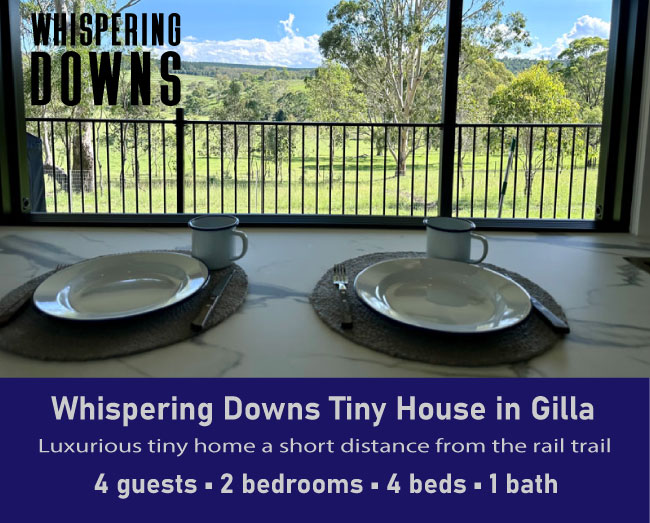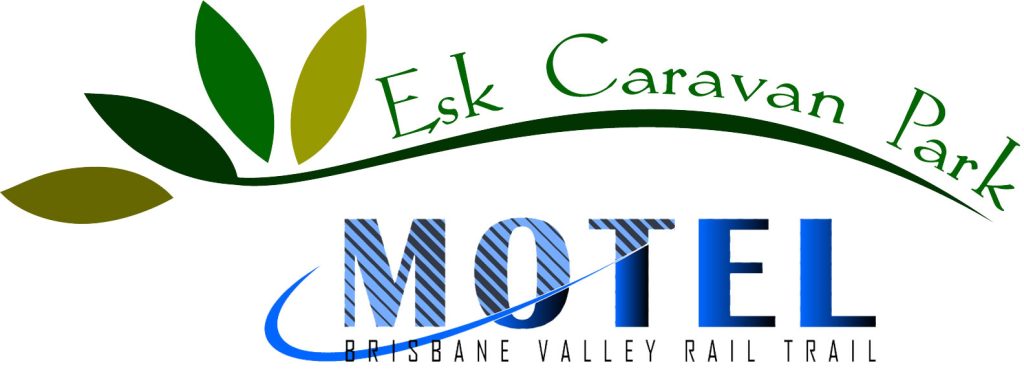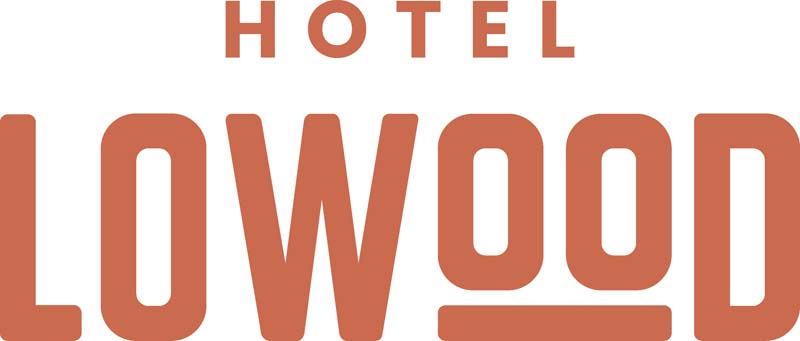Development of the Brisbane Valley Rail Line
by E. DeLacy
Qld Parliament began debating a rail network for the state in 1876 but by 1878 it was clear that, “settlers of West Moreton will probably have to do without branch railways.”[1] This produced local agitation where meetings voted unanimously, “to oppose any [parliamentary] candidate not pledging himself to oppose any government until a railway from Ipswich up Brisbane Valley was granted.”[2]
Predictably the Legislative Council then approved plans for the Brisbane Valley Branch line on 12 November 1880 and continued to fight about the most cost-effective route. Final plans from Brisbane Valley Junction to Lowood were approved on 11 October 1881; the contract to construct was let to O’Rourke and McSharry and work began in October 1882.
In 1883 the Premier Thomas McIlwraith made a state tour of the proposed route of this branch line: driven up the Blackbutt range by Ed. McDonald of the Royal Hotel Esk and accompanied by Alexander Raff from Colinton. Beyond that the postal services failed to advise of the Premier’s arrival and arrangements for his further progress were hastily provided by local landholders.
The rail line to Lowood was opened on 16 June 1884. It was described as “very tortuous and might well be called a “serpentine railway”. There was “little attraction at Lowood” and the 500 passengers with free excursion tickets returned to Fernvale for the formal opening[3].
Plans for the Lowood to Esk section were approved on 5 August 1884 and the contract given to H.A. Brigg who had never built a rail line. The first contractors had claimed £12,000 loss by breach of contract from the Commissioner of Railways because permanent way material was delivered irregularly and not in sufficient quantity at Ipswich instead of the junction at Wulkuraka. After protracted litigation they were awarded £10,000 damages in 1899[4].
The line was opened at Esk on 14 August 1886 and was a low-key affair because the Shire Chairman declared that, “Esk is not yet ‘a big city’ to subscribe big funds for a banquet nor could Divisional Board be ‘expected to squander’ the ratepayers’ money for such a purpose”.[5] The land seen from the train was described in the same newspaper as “poor, some could not support a cow to 3 acres”.
The financial crash of 1893 saw the Qld. government agree to the Queensland National Bank converting £2,000,000 of government loan money deposited there into debentures for 30 years fixed term at low interest. This delayed further railway development until Premier Nelson proposed a Railway Construction (Guarantee) Scheme in 1895. Here land owners paid an increased land tax in the benefited area and the work was undertaken by day labour. The first use of such day labour was to construct the line from Esk to Yimbun outside Toogoolawah. There was no celebration to mark the arrival of trains to Cressbrook Creek (later Toogoolawah) on 15 February 1904.
Day labourers struck over wages and unsanitary conditions in 1909[6] and the line did not reach Linville until 23 October 1910 where locals celebrated with a trip to the seaside. There was a formal opening at Blackbutt on 19 December 1912 and a tent school was erected at MacNamara’s Camp for railway children before the line reached the final terminus at Yarraman. This was celebrated on 1 May 1913[7].
The last steam trains to run in Queensland (C17, 917&997) returned from Yarraman to Ipswich on the Brisbane Valley branch line on 29 November 1969.
[1] Queensland Times, 2/5/1878, p2
[2] Queensland Times, 19/9/1878, p3
[3] Queensland Times 17/6/1884, p3
[4] Bendigo Independent, 29/6/1899, p1
[5] Queensland Times 10/8/1886, p5
[6] Queenslander, Saturday 20/3/909, p14
[7] Brisbane Courier, 3/5/1913, p4











